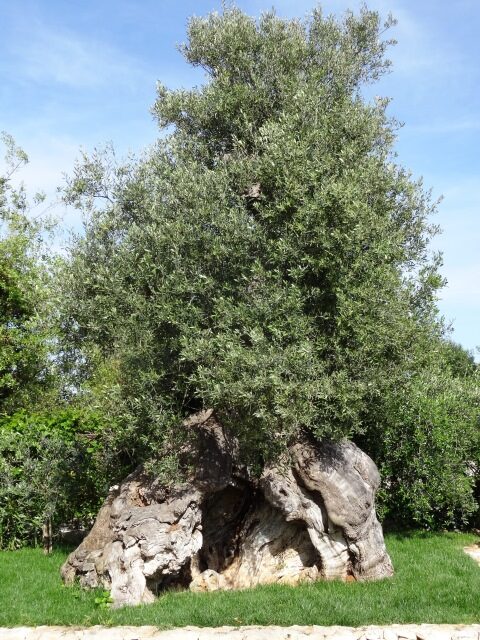I ended my trip but began the Indian blog posts, with Varanasi. Time to backtrack now, almost to the beginning. The first stop on the trip was in Kerala–Thiruvananthapuram (a name that I am inordinately fond of, having gone to great lengths to memorize it, but you can call it Trivandrum for short). I’m going to skip Thiruvananthapuram, but I may backtrack here later; I have some pretty neat pictures of a wonderful wooden palace two hours deep into Tamil Nadu but still part of Kerala. But somehow I sense you’re probably pretty tired of architectural wonders.
So let’s skip that for now. Let’s go to the beach.
We arrived early in Varkala, about 10:30 in the morning. We understood that our room would probably not be ready. This was fine. We were happy just to sit near the ocean with nothing to do.
We did not expect to find a serious game of tug-of-war going on just on the other side of our hotel. Wonderful, I thought, that the hotel was organizing games for the guests. But… there was something odd about this particular game. For one thing, where were the women? The children?

Come to that, where were the tourists?
This was no game. This was, it turned out, the local fishermen earning their daily keep. There were two heavy ropes, each being pulled by some ten or twelve men.


As the rope came in, the group on the rock wall moved closer and closer to the one on the beach.

They coiled the rope behind them. At the end of the rope was the end of a very large net, and this too they gathered behind them.

Now both groups, close together, pulled in earnest.

A man riding a kind of a–surfboard?–helped guide in the far edge of the net.

As the net was pulled in, the catch became visible–an abundance of small silver fish.



The fishermen scooped up most of the fish into a basket.

There ensued a heated discussion with a man who, like us tourists, had been only a bystander until this moment. Now emotions ran high.

You didn’t have to speak Malayam to understand that a negotiation was in process. The buyer turned in disgust to leave. One of the fishermen ran after him. More discussion, calmer this time. A price was agreed. Two men took the basket, following the buyer off the beach. The fishermen divided up their gear and the remaining fish. The catch of the day had been disposed of.
Dan and I checked into our room and then went for a walk along the beach. If they could photoshop reality, they would make it look something like this.


The sun, as it usually does, set.

We stopped along the way for a drink (a surprisingly good mojito).

And then later, we had dinner by candlelight on the beach.
























































































































